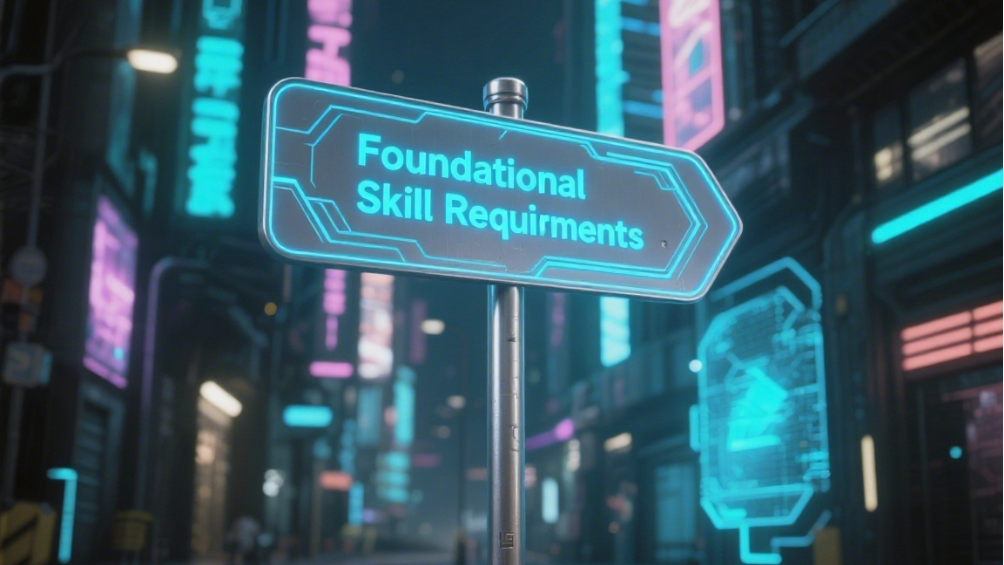Robot state estimation is a critical skill for entering cutting-edge fields like autonomous driving and XR, but its steep learning curve causes many beginners to give up. This article provides a systematic breakdown of the essential mathematical foundations, programming skills, and a proven, efficient learning path. Whether you are a university student or an engineer transitioning into the field, you can follow this guide to make steady progress.
Foundational Skill Requirements


Mathematical Foundations:The mathematics required for robot state estimation can be broken down as follows: 50% Linear Algebra, 20% advanced Calculus, 10% introduction to Probability, and 20% Lie Groups & Lie Algebras.
✐ Linear Algebra (50%): Key Areas of Focus
• Become proficient with the fundamental concepts and properties of matrix operations (e.g., positive definite, invertible).
• Be familiar with the practical applications of eigenvalues and eigenvectors.
• Diligently study key matrix decompositions: Cholesky, QR, and SVD. Decomposition is a core method to mitigate the computational cost of matrix inversion.
• Understand the Schur complement and the Sherman-Morrison-Woodbury (SMW) formula.
• Master the common applications of the least-squares method for matrices and vectors.
✐ Core Probability Concepts (10%)
Thoroughly understand Bayes’ rule, Bayesian inference, and Maximum a Posteriori (MAP) estimation.
✐ Key Calculus Concepts (20%)
• Know how to compute derivatives, integrals, partial derivatives, and apply the chain rule.
• Understand the application of first-order Taylor expansions, as operations in robot state estimation often combine them with matrices and vectors.
✐ Lie Groups and Lie Algebras (20%)
• Understand methods for representing motion in 3D space.
• Grasp the fundamentals of the SO(3) and SE(3) groups.
Programming and Practical Skills
• C++ Engineering: Develop C++ skills and master the use of the OpenCV library.
• Development Environment: Be proficient in configuring a development environment in Ubuntu.
✐ Essential Libraries to Master
• Eigen: For matrix operations.
• Sophus: For implementing Lie groups.
• Nonlinear Optimization Tools: Master at least one of the following: CERES or G2O.
An Efficient Learning Path


✱Gain Practical Experience Through Competitions
Participate in competitions like RoboMaster or RoboCon and join robotics-related project teams.
✱Develop Spatial Awareness
Train your 3D spatial visualization skills to develop a deep understanding of 6-DoF (Degrees of Freedom).
✱Learn Collaboratively
Avoid working alone; form a study group of 2-3 people.
✱Specialize in a Domain
You can enter the field from a background in mechanics, electronic control, or computer vision. Maintain a focused technical path.
✱Enhance Your Engineering Abilities
Progress from using open-source code to implementing algorithms yourself to build your own technical knowledge base.








Add comment